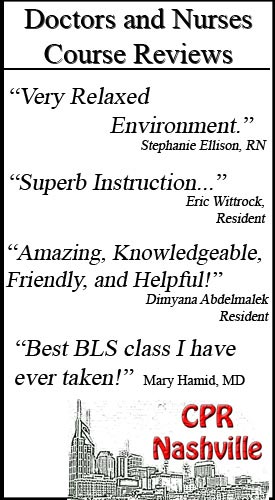Aortic stenosis is a condition in which the aortic valve in the heart does not open and close properly. Your heart has four valves; the aortic valve is the one that pumps blood from the left ventricle of the heart to the rest of the body (except the lungs) via the aorta. Aortic stenosis is caused by a buildup of calcium on the valve leaflets. This buildup of calcium causes the heart to work harder to push the blood through a narrower opening causing the heart muscle to thicken. Aortic stenosis is also caused by congenital defects (congenital means you were born with these defects). It is also caused by an infection such as endocarditis or rheumatic fever.
Symptoms of aortic stenosis are fatigue, shortness of breath, chest pain. These symptoms are more pronounced when the person exercises or exerts themselves. The body can compensate for the narrow opening for quite some time before symptoms start to develop. However, once symptoms present the disease is very advanced and the patient’s quality of life is greatly affected. If left untreated aortic stenosis can lead to heart failure and death.
Aortic stenosis is usually detected at the doctor’s office. When the doctor is listening to your heart with a stethoscope he/she can hear a heart murmur if you have aortic stenosis. At this point you would probably be referred to a cardiologist. The cardiologist would also listen to your heart murmur and the doctor may order an ultrasound of your heart called an echocardiogram. The echocardiogram shows how well your valve opens and closes, and shows the thickness of the wall of the left ventricle. Based on the echocardiogram the cardiologist will decide how severe the stenosis is. If you are in the early stages he may just watch you over time. If you are in the more advanced staged with pronounced symptoms he may refer you to a cardiothoracic surgeon.
Open heart surgery is the current gold standard for fixing aortic stenosis. This surgery involves making an incision on the chest and cutting through the breast bone to get to the valve and repair it. The outcome of this surgery is excellent. The patient usually goes home in 5-7 days and is fully recovered in 6-8 weeks with no residual symptoms. They can use either a mechanical valve or a pig valve to replace the defective valve.
In the last couple of years a new treatment option has emerged for aortic stenosis that is less invasive than surgery. This procedure is called transcatheter aortic valve repair or TAVR for short. TAVR is a procedure where a team of cardiologists and cardiothoracic surgeons and there support staffs work together to make a small incision in either the groin area or the chest to gain access to the heart. They use this small window to place a prosthetic valve over the defective valve. This procedure is highly successful. It keeps the patient from having a large incision down their chest and having their breast bone cut. These patients are usually out of the hospital in 1-3 days and fully recovered in 1-2 weeks with no residual symptoms.
The patient must go through a battery of tests to ensure they are a candidate for TAVR. These tests include echocardiogram, cardiac catheterization, and CAT scan. These tests are performed to asses if the patient’s leg arteries are large enough to accommodate the large sheaths and dilators that are inserted. This test also assesses the size of the valve. If the valve is too small or too large the patient is not a candidate.
At the current time TAVR is only performed on very sick non-surgical patients. In the future however TAVR could become the gold standard for treatment of aortic stenosis. This treatment allows for much shorter hospital stays and recovery time than the traditional surgical repair method.
References:
Web MD: www.webmd.com/
Mayo clinic: www.mayoclinic.com/
American Heart Association: www.heart.org/





